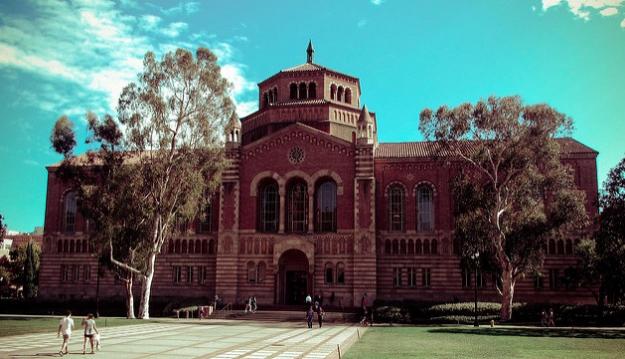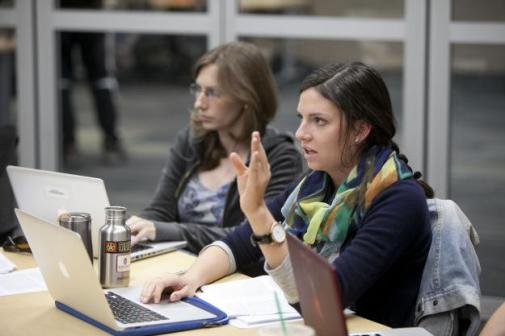Biggest tech hub in U.S. doesn’t produce enough STEM grads

The state that is home to Silicon Valley produces surprisingly few graduates in STEM fields, according to a new report.
California’s public higher education system ranks exceptionally low when it comes to graduating students in science, technology, engineering and math, as well as health, according to a report titled “Needed: Sy(STEM)ic Response,” released Wednesday by the Campaign for College Opportunity.
Just 33 percent of California State University students who start as a STEM major actually graduate with a degree in the field within six years, according to the analysis. A mere 5 percent of degrees awarded by California Community Colleges during the 2013-14 school year were STEM majors.
The Golden State also ranks 37th in the country for bachelor’s degree completion in engineering and 38th in the nation for computer science.
Those statistics stand in stark contrast to the massive amount of jobs available once students graduate – the total number of open STEM and health entry-level positions grew by more than 300,000 between 2010 and 2014, despite the recession. There is a projected need for about 1 million STEM workers to fill open slots within the next five years.
“The mismatch between the growing availability of jobs and the educated workers to fill those jobs in the STEM and health professions is symptomatic of a larger problem in California,” Michele Siqueiros, president of the Campaign for College Opportunity, said in a statement. “Our public higher education system is not set up to produce the college educated workers our 21st century economy demands.”
The report notes that the dismal trend disproportionately affects minority students. One in two students in California is Latino, but this group is grossly underrepresented in STEM majors. Out of the 10 states with the largest Hispanic populations, California ranks last in graduating Latino engineering and computer science students.
The Campaign for College Opportunity, a nonprofit based in Los Angeles that promotes access to higher education, identified key factors contributing to the state’s low turnout of STEM and health graduates. Some of these include inadequate state funds, limited health and STEM programs in public institutions, and a difficult path to transfer credits between community colleges and four-year institutions.
“California needs a bold new vision for public higher education to support the future success of our economy,” said Robert Lapsley, president of California Business Roundtable. “We urgently need an action plan that supports those industries driving California’s economic growth.”
Recommendations include changes that are logical, but typically difficult to implement – like boosting funding for public colleges, maximizing enrollment capacity at four-year universities, and closing equity gaps among minority students.
Siqueiros said she believes that “the solutions are within reach, but it will take the concerted efforts of industry, policymakers and educators to open more opportunities for students and help keep them on a path to graduation and a job.”
Reach the reporter at darlene.aderoju@edscoop.com and follow her on Twitter @buuukky.




